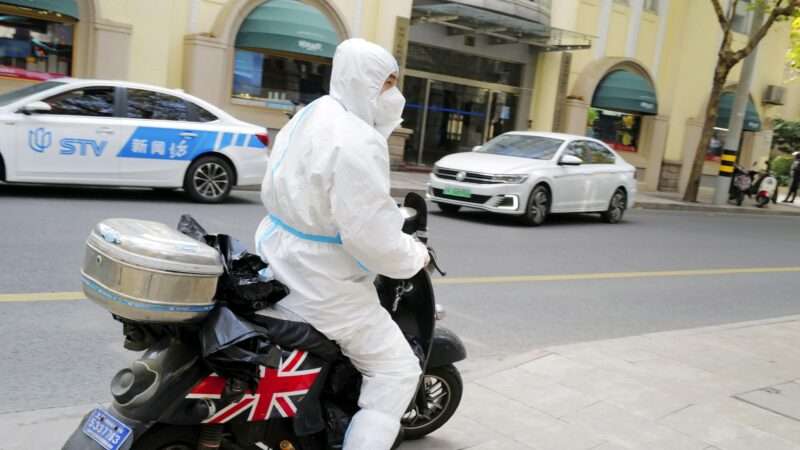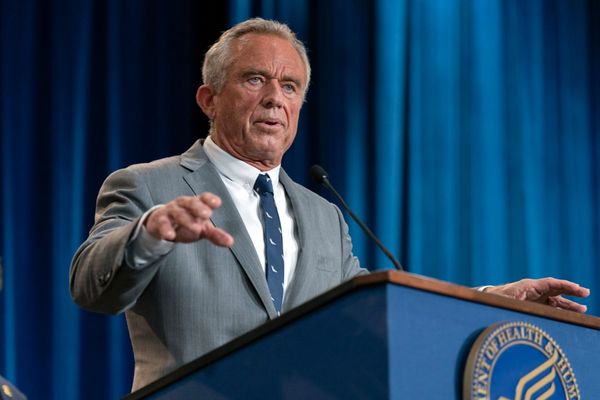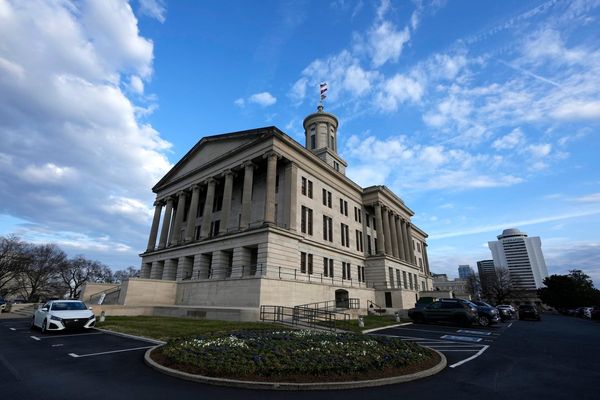
After nearly three years of punishing lockdowns, China has finally relaxed many of its "zero-COVID" policies following widespread demonstrations across the country.
For the last three years, the Chinese government has subjected its population to strict lockdowns, mass testing, and heightened surveillance. Millions of people have been trapped in their homes, sometimes for months at a time. Lockdown measures have reportedly involved apartment buildings being welded shut, mass starvation, and an unknown number of deaths after hospitals turned away non-COVID patients.
Chinese President Xi Jinping instituted these policies to prevent widespread hospitalizations and deaths, which may have worked if you take the government at its word. Data on Chinese deaths are often improbable and unreliable. Johns Hopkins, for example, puts the total deaths at around 16,000, while the World Health Organization reports just over 30,000 total deaths. These numbers are difficult to confirm, yet they pale in comparison to the United States, where COVID-19 deaths recently surpassed 1 million casualties despite only having around one-quarter of China's population. According to Johns Hopkins, the U.S. COVID-19 death rate per 100,000 people was over 280 times higher than China's. While a nation like Sweden, which took a notably lax approach to the pandemic, had a lower death rate than the U.S., it was still 183 times higher than China's.
However, the cost of zero-COVID has not just been zero freedom, but vulnerability to a COVID-19 outbreak. China's vaccines are less effective than those available in the U.S. and Europe and the country's vaccination rate is relatively low, especially among the elderly. According to state officials, only two-thirds of the nation's over-80 population is vaccinated, and only 40 percent have received a booster. If reported infection numbers are to be believed, China also has precious little herd immunity, leaving the population vulnerable to infection. Thus, zero-COVID has left the country in a permanent spring 2020–like state, unable to exit harsh lockdowns without spurring mass disease among the population.
But it also left China vulnerable to civil unrest, especially as economic slowdowns in the county have led to record-high youth unemployment. Even in a historically authoritarian country, you can only keep your boot on someone's neck for so long.
Frustration with zero-COVID policies grew to a boiling point late last month after a fire in the nation's Xinjiang province left 10 people dead, allegedly after residents were locked inside a building due to isolation measures. Outraged protesters in many of China's major cities took to the streets to demand an end to zero-COVID restrictions, with some protesters even demanding that Xi resign.
On Wednesday, Chinese officials announced the rollback of many of the most stringent lockdown policies. According to the Associated Press, people with mild cases will now be allowed to quarantine at home rather than at mass quarantine centers. Most public places will no longer require visitors to show a state-approved "health code." Many major cities also announced specific policy changes. In Beijing, for example, most mass-testing requirements were scrapped.
Chinese officials seem to have finally realized the futility of zero-COVID policies, opening the door to an eventual return to normal life for Chinese citizens. (Well, as normal as is possible in a surveillance state.)
For those in countries that have largely left pandemic restrictions behind, it is important to remember just how punishing it can be to live in a nation hellbent on controlling your every move as part of an ultimately unwinnable public health game. Zero-COVID might be on its way out, but we would be wise not to forget it.
The post China Eases 'Zero-COVID' Policies After Nearly 3 Years of Harsh Lockdowns appeared first on Reason.com.







